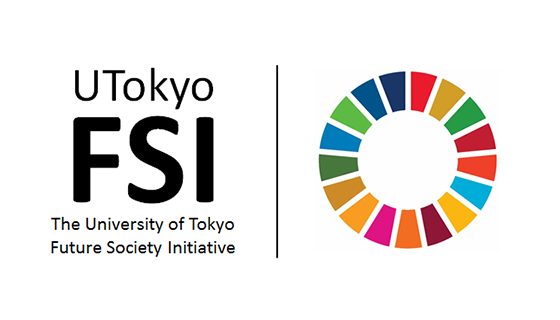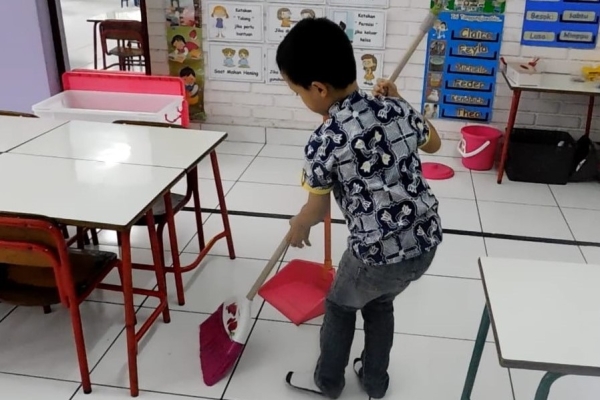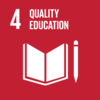Sharing Japan’s holistic curriculum with the world

This is a series of articles highlighting some of the research projects at the University of Tokyo registered under its Future Society Initiative (FSI), a framework that brings together ongoing research projects that contribute to the United Nations Sustainable Development Goals (SDGs).
FSI Project 037

Children on meal duty serve lunch to their classmates at a school in Indonesia.
When asked about their memories of school life, what comes to mind for people who have been through compulsory education in Japan? Along with what happened during class time, they are likely to recall their activities outside class: homeroom gatherings, schoolwide events such as sports day and choral competitions, as well as club activities.
The Japanese word tokkatsu (short for tokubetsu katsudo, or special activities) is used to describe these extracurricular activities. Japan’s school curriculum, including tokkatsu, is currently garnering attention from educators outside Japan, particularly in developing countries.
Professor Ryoko Tsuneyoshi offers the following explanation for this wave of attention:
“It is standard practice in Japan to have students wash their hands before their school lunches, to designate students who will set the lunch tables, and to have all students participate in clean-up, but this is not standard practice around the world. The reason the Japanese model of holistic schooling is attracting attention overseas is that, even if you have a curriculum for fostering basic lifestyle habits, the daily repetition of these activities is what turns them into habits. This instills holistically a knowledge of hygiene and nutrition, as well as an appreciation for food.”
Tsuneyoshi and her research team have created a website that explains Japan’s tokkatsu scheme in English, Chinese and Arabic. The group also receives visitors from around the world who come to observe the system in practice or for training.
“The Japanese curriculum with its holistic outlook has only been covered in Japanese until now, so even if it held appeal beyond Japan, it remained unknown to the international community,” explained Tsuneyoshi. “In the future, as more countries examine this model, Japanese educators may find hints from outside that can help boost the quality of Japanese schools and education as well,” she added, voicing her aspiration.

Schoolchildren wash hands at a school in Indonesia.

A boy sweeps the floor of his classroom during cleanup. Photos courtesy of Tatang Suratno, Indonesia University of Education
SDGs supported by this project

Professor Ryoko Tsuneyoshi │ Graduate School of Education
Related links
- UTokyo FSI

- The 21st Century International Educational Models Project (FSI project page)

- Future Society Initiative Magazine






